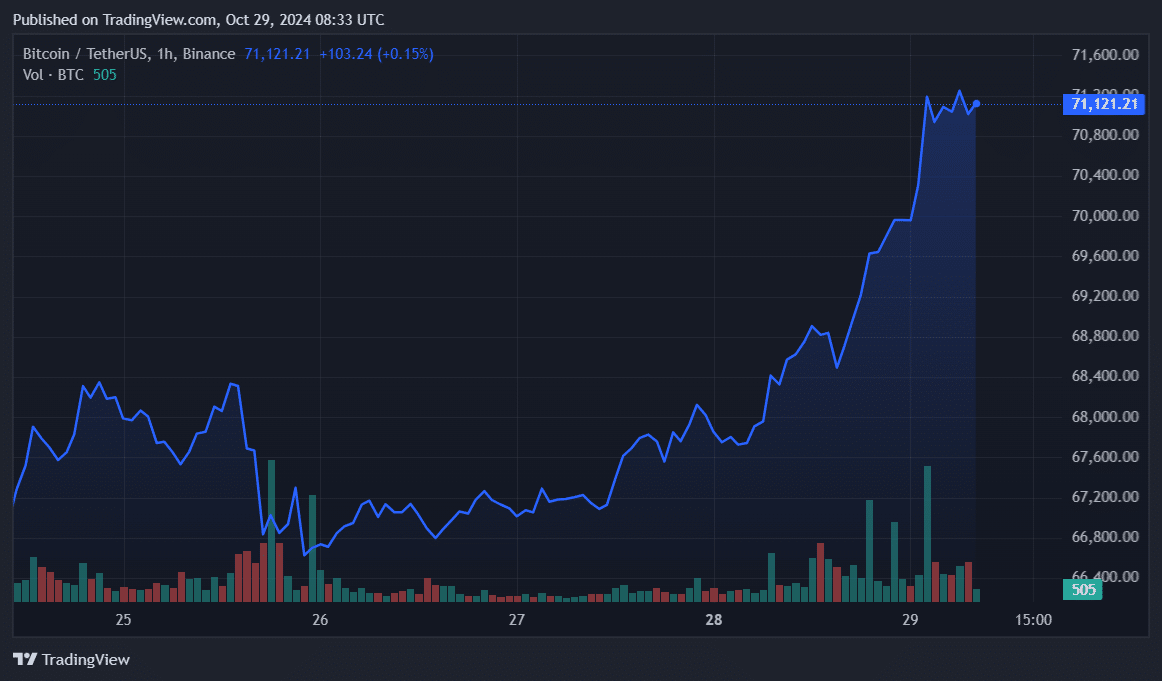After receiving User Experience complaints regarding Ethereum’s Layer 2 scaling solutions, Vitalik Buterin advised developers to innovate for the long term.
Vitalik Buterin responded to criticism regarding the current state of Ethereum’s Layer 2 user experience. Numerous individuals expressed the necessity for it to be more cohesive and simplified.
Nevertheless, he emphasized that developers should construct for the future and not feel compelled to defend the constraints of the present.
Vitalik Buterin delineates Ethereum’s Vision for Seamless Cross-L2 Interaction
The Ethereum co-founder decided to respond after Camila Russo, the originator of the DeFi media platform The Defiant, publicly criticized Vitalik Buterin and the experience of Ethereum L2 users. He stated that Ethereum developers should refrain from being obligated to justify the current constraints. Buterin also clarified that it is natural to defend the present when one cannot influence the future. “Nevertheless, we are constructing the future,” he declared.
Russo condemned Buterin on X, stating that she “loves Ethereum” and its community, but it is necessary to confront some “rotten experiences on L2.” She assessed that the user experience is “unusable” for newcomers and “painful” for crypto natives.
Vitalik Buterin contributed his response on Tuesday morning, emphasizing that the inclination to substantiate the status quo is frequently derived from a sense of “powerlessness” to shape the future. “However, we are constructing the future,” he stated, referencing his most recent essay on an interoperability road map across Layer 2.
Buterin observed that the seamless inter-Layer 2 interactions must result from technical innovation and community coordination in standardizing norms. Ultimately, this will render Ethereum’s Layer 1 interaction indistinguishable from its Layer 2s. “To make the Layer 2 ecosystem feel like a unified Ethereum experience, we must consider Layer 2s to be a component of Ethereum,” he wrote.
Is it possible for Ethereum to resolve its Layer 2 fragmentation?
Users are currently required to oversee a variety of Layer 2s to utilize Ethereum. They may discover that a single application has a mint on one chain, an airdrop on another, and stablecoins on a third. This disjointed user experience significantly diminishes the efficacy. Russo suggested that more is needed with multiple chains or even a single ecosystem; a seamless interaction between the primary net and all Layer 2s will be required.
Wallets and protocols must implement most technical solutions, such as account abstraction. In general, Russo stated that an enhanced user experience of Ethereum would necessitate cross-ecosystem coordination, which will be even more challenging if the community fails to address the current issues.
In general, the objective of Cross-Layer 2 interoperability is to enhance the cohesion of the Ethereum ecosystem by reducing the dependence on centralized components and facilitating more seamless cross-chain transactions. One of the most significant proposals is the standardization of chain-specific addresses, payment requests, and keystore wallets to facilitate the seamless movement of assets between the various Layer 2s with minimal gas fees.
Vitalik Buterin has consistently communicated new platform modifications. Buterin recently published a comprehensive blog post that outlined the primary initiatives to enhance account security and the EVM as part of the ‘The Splurge’ roadmap.
Ethereum’s “Surge” to Integrate Layer 2s and Sharding
The section that Buterin referenced was sourced from his most recent blog post, The Surge, which is the second installment of a six-part essay series investigating potential Ethereum protocol’s possible futures.
Buterin positioned the rollup-centric roadmap as the foundation of a scaling strategy that emerged from the convergence of Layer 2 protocols and sharding in The Surge. On the other hand, this method continues to present distinct obstacles. “Our objective is to resolve these concerns and finalize the rollup-centric roadmap, all while maintaining the decentralization and robustness that distinguish Ethereum Layer 1,” he stated.
Buterin also recognized the necessity of scaling Ethereum, establishing objectives of 100,000 transactions per second in Layer-1 and Layer-2 combined. He also elaborated on alternative methods, including the continuation of data availability sampling and the scaling of Ethereum’s base layer, to facilitate the network’s expansion. He recently disclosed a strategy to enhance the gas fee structure, potentially increasing the number of transactions per second (TPS) in ETH by 1.5 times.



